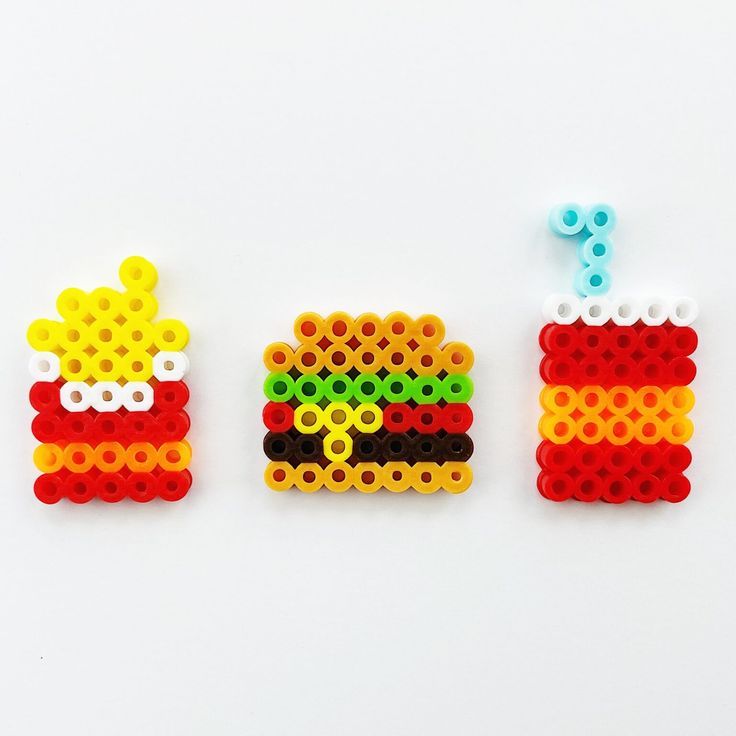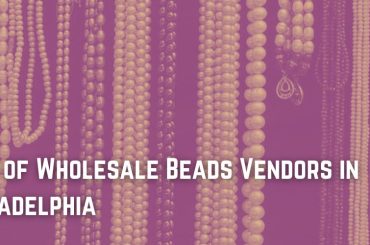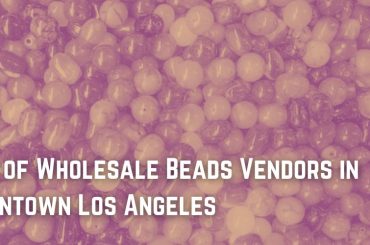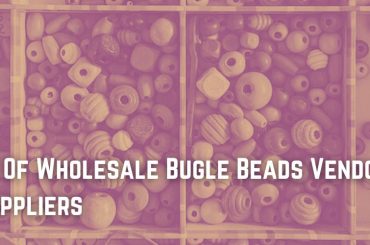Melty beads, often known as Perler beads, are fusible plastic beads. These bright beads are frequently placed in patterns on plastic pegboards before being melted together with a clothing iron.
Perler is the most popular Fuse bead brand in the United States, and Hama is the most popular in other countries. If you’ve never heard of Melty beads or are unsure whether or not to use them, here’s all you need to know about them.
Table Of Contents
What are Melty beads called?
Melty beads are also called Perler or Hama beads. Melty Beads are flexible plastic beads. They’re constructed of reduced polyethylene, which is a food-grade plastic. The beads are organized in designs on pegboards.
Melty beads come in a variety of colors and levels of transparency or opacity, including versions that glow in the dark or have internal glitter.
Magnets may easily be made from the patterns. These beads are available in a variety of shades. Melty beads making is a simple and affordable art form that encourages creativity.
It can also aid in the development of hand-eye coordination as well as the learning of primary colors and basic counting abilities in young children.
5mm in diameter is the most popular bead size, which is excellent for both adults and children. Biggie, a 10mm diameter bead, is available for sale for extremely young children around the age of three.

Which beads are best for melting?
Melting beads come in a variety of shapes and sizes, including Melty, Perler, Hama, Nabbi, and Pyssla beads. Pixel art is easy to do using these beads.
They’re a fantastic method for students to demonstrate their passion for their favorite video game, cartoon character, or sports team. When melted, they all have different qualities.
Melty Beads: Their moderately cylindrical shape is larger at the borders and not necessarily hollow in the middle, as it should be.
Melty Beads do not fuse well, therefore anything constructed with them is prone to breaking. When melted, they take on the shape of a wedge rather than a circular.
Pyssla Beads: Pyssla beads, which are sold by retailers such as Ikea, are of average quality. Because the beads aren’t as thick or malleable as higher-quality beads. The end effect is a piece that looks nice but isn’t very robust, easily breaking apart.
They have slightly curved edges and a gleaming luster after being fused, making them stand out from other beads when utilized.
Hama Beads: Hama Beads have a delicate feel to them, and when fused, they become nearly spongy. They keep their shape but are considerably more bendable than any other beads.
This flexibility could come in handy when making products for children who are prone to bending them.
Perler Beads and Nabi Beads: By far the greatest quality beads are Perler Beads and Nabbi. Perler beads are all the same shape. They’re comprised of high-quality materials that merge in a slightly flexible shape, resulting in a more durable product.
When the Nabbi beads are melted, the Nabbi shine, whilst the Perler beads have a more matte look. They keep their circular shape and are elevated in the middle, but the Perler beads lose their shape and flatten out uniformly.
Are Perler and Fuse beads the same?
Perler beads are one of the types of Fuse beads. One of the two most well-known brands is Perler. They are from the United States of America.
Fuse beads are a type of bead that has been present since the 1960s. Perler beads are used by children and adults of all ages to make a variety of designs. Over the years, making things out of Perler beads has grown increasingly trendy.
They are available in three sizes. Minis are 2.6 mm and are ideal for delicate art, portraits, miniature keychains or jewelry, and so on. The midi is 5 mm, and the biggie is 10 mm.
Can you melt Perler beads?
After following certain rules one can easily melt Perler beads. Preheat your kiln to 400 degrees Fahrenheit to melt your beads.
Bake the Perler beads for 10 minutes after the oven has finished preheating. After that, take out your beads. Let them, as well as the pan and cookie cutters, cool.
Once the Perler beads have cooled, you may take them out of the cookie cutters. In the form of your cookie cutter, the beads will be melted.
Conclusion:
Melty beads sometimes also known as Perler beads can be molded into any shape when they are melted. Perler, Hama, Melty, Nabbi, and Pyssla beads are types of Fuse beads. Fuse beads have different qualities.
They have different forms and textures when they melt and fuse. For example, Perler beads when baked for 10 minutes give a smooth texture.
Check out our article on What do Wrist beads symbolise?




